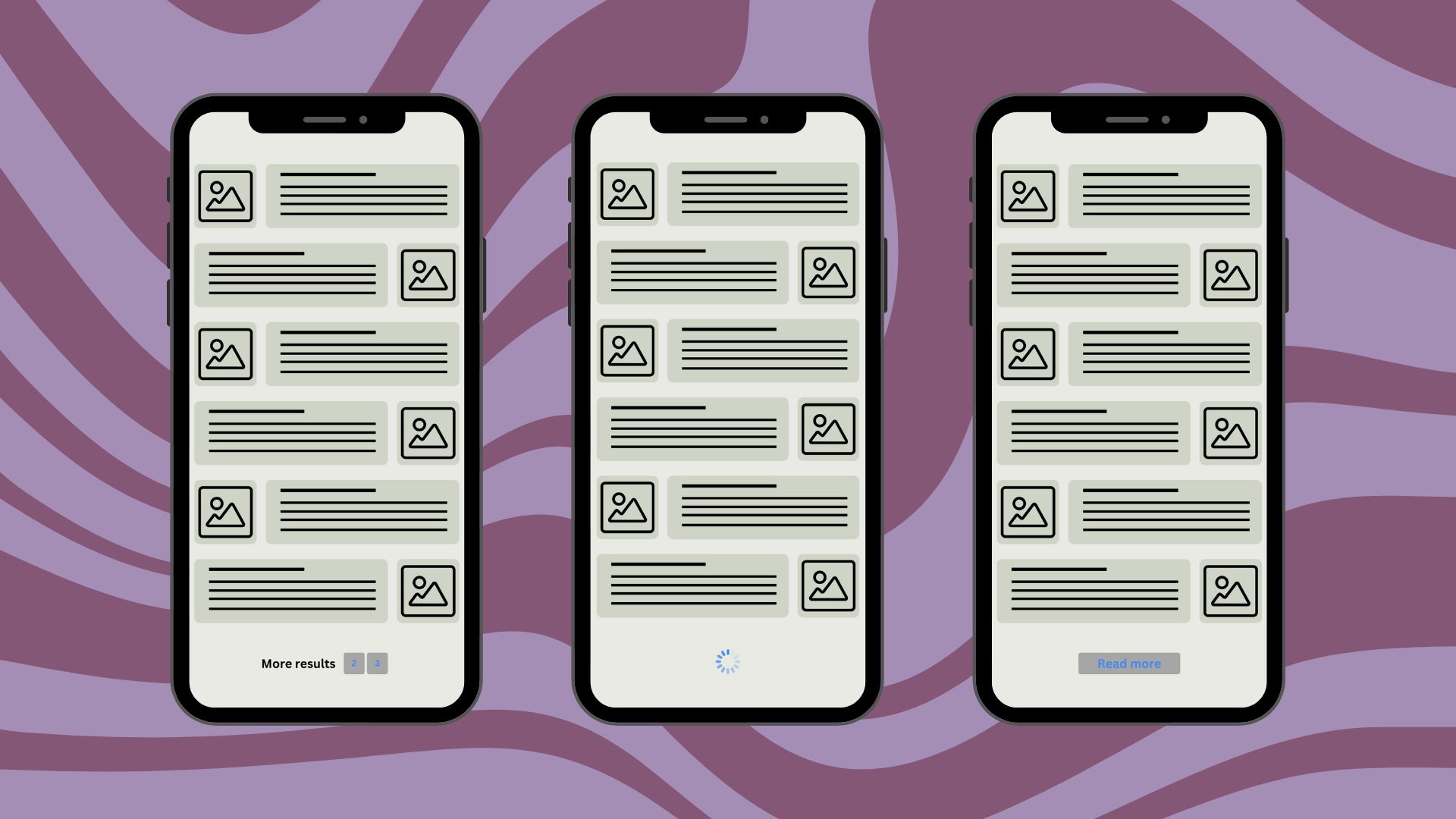A Google representative has announced the continuous scroll feature, introduced to mobile in 2021 and on desktop in 2022 is set to be scrapped. From June 25th, 2024, Google will start the process of removing continuous scroll for desktop and in the next month will start for mobile.
The change is made as Google seeks to improve user experiences by providing quick and relevant results. Continuous scrolling posed the risk of not-so-relevant content being pulled through to the search engine results page (SERP). Google admits that infinite scroll hindered satisfaction rates as more results which were irrelevant were being displayed rather than ten applicable pieces of content.
Continuous scroll replaced Google’s paginated search engine result pages. Showing up to four to six pages worth of results before searchers needed to click ‘see more’. Results pages typically displayed 10 results per page and were ranked based on what Google qualified quality content.
Searchers on desktop will now start to see a ‘Next’ button on the bottom, whilst mobile users can expect to see a button saying, ‘more results.’.
Continuous scroll vs pagination
Each format offers differing benefits which vary depending on the user. Initially, the continuous scroll was introduced to provide searchers with a diverse and robust list of results to retrieve information. The feature also was introduced to prevent fatigue from clicking.
Continuous scroll
Providing a ‘load more’ or ‘next page’ button can have both positive and negative effects on the user experience. When they are not included it allows searchers to scroll freely and browse more content at once. Whilst it poses the potential issue that there is no stopping point, so naturally as people we tend to keep going. This can lead to choice paralysis as the searcher is inundated with information.
Continuous scrolling can help reduce the interruptive nature of paginated results pages, this is why it is a commonly used feature on social platforms and e-commerce sites. Behaviourally audiences are used to scrolling because of the small screens on mobiles, which is why infinite and continuous scrolls work well for this specific device. To create continuity and flow between applications is to create a seamless user experience. The use of continuous scroll allows for that to be done on mobile devices.
Pagination
When ‘load more’ and ‘next page’ are utilised to make the information given more digestible, whether it’s on the SERP or a website. This also gives the searcher more control over their searching experience and they can determine when and how much they want information.
More so, providing numerical pages to flick between can make navigating back to content easier than finding a specific link with a continuous scroll. Efficient search and retrieval is a fundamental part of research, continuous scroll highlights the necessity for pagination for this reason in particular.
Pagination can also aid with quicker loading times as fewer results are being funnelled onto the page. This also means users can reach page footers without endlessly scrolling to reach them.






